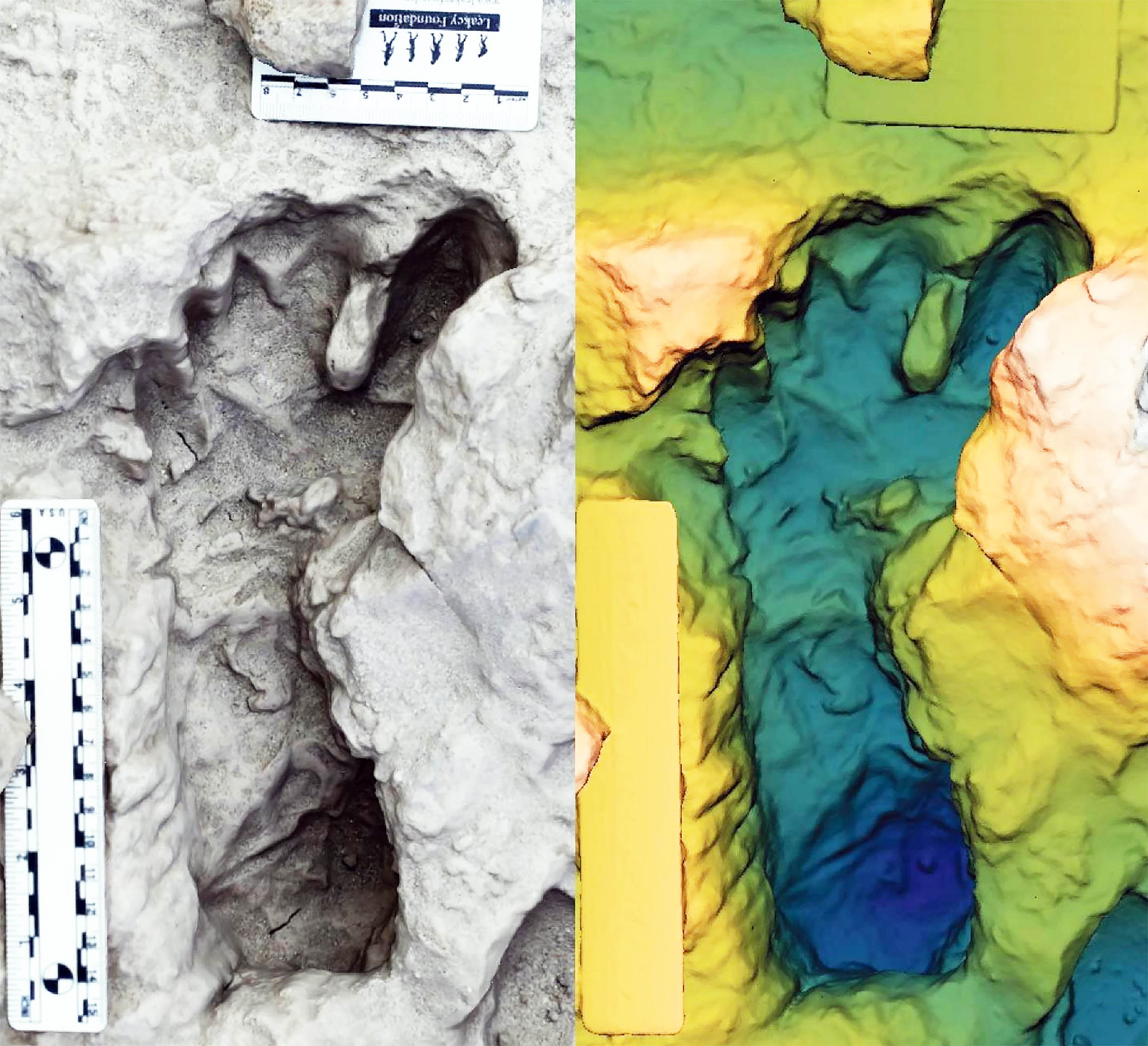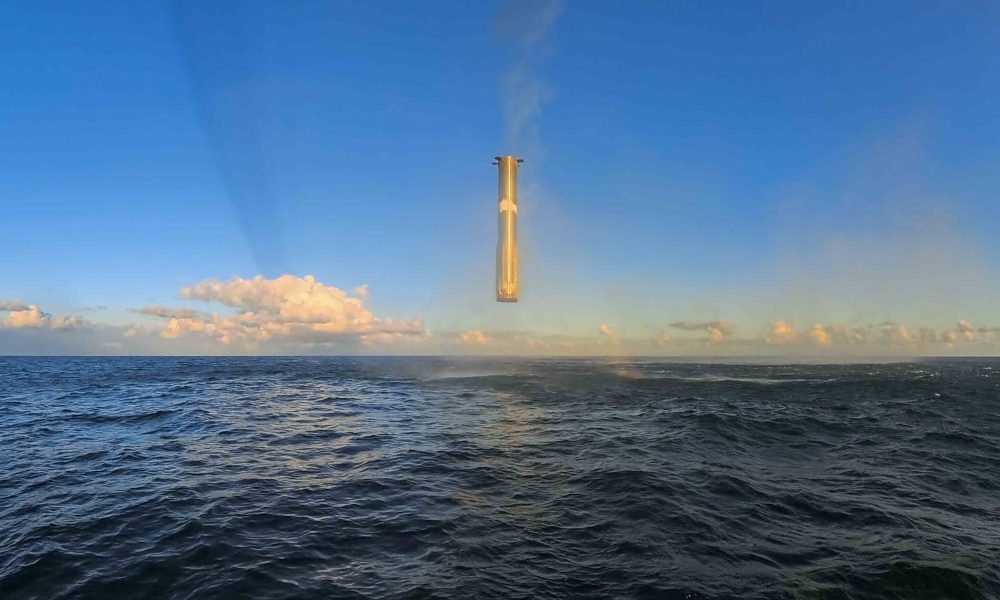Unbelievable Footprints Reveal Ancient Hominins Walking Side by Side!

Imagine standing on the same shoreline as ancient humans, watching them stroll alongside massive birds and grazing mammals. Well, that’s precisely what scientists have uncovered at Lake Turkana in northern Kenya, where a stunning discovery has been made about our hominin ancestors!
About 1.5 million years ago, a rare window of wet silt captured the footprints of these early humans, allowing scientists a unique glimpse into their lives. This remarkable snapshot of history emerged when sediments quickly buried their footprints, preserving them in such detail that researchers were able to analyze who walked there and how they moved.
The footprints are somewhat like ancient social media posts, revealing interactions among early species. A volcanic ash layer dating back to around 1.52 million years ago provides a geological timestamp for the impressions. The footprints, found in a narrow time frame, show that multiple hominins walked the same shoreline, sharing not just space but possibly resources and challenges.
Among these captivating prints, researchers found a continuous trackway from one hominin alongside isolated prints from others. The scene is rich, with large wading birds, hoofed mammals, and even horse-like animals also leaving their marks. It’s like a busy footpath of the past!
Rebecca Ferrell, a program director at the National Science Foundation, stated, “In biological anthropology, we’re always interested in finding new ways to extract behavior from the fossil record, and this is a great example.” The use of cutting-edge 3D imaging technologies allows researchers to visualize these footprints in a way that enhances our understanding of human evolution, cooperation, and competition.
As they analyzed the prints, two distinct motion signatures emerged—indicating that at least two different hominin species, Homo erectus and Paranthropus boisei, were present at the lake at the same time. This finding is thrilling because it strengthens the understanding of how these species coexisted, possibly avoiding conflict while sharing the same resources.
Craig Feibel, a professor of Earth and Planetary Sciences, highlighted how these footprints fall into the category of “trace fossils,” which capture behaviors in their original context. Unlike bones that can be moved, these prints are fixed in place, providing undeniable evidence that two hominins occupied the same space within hours of each other.
With the footprints telling the story of coexistence, critical ecological questions arise: How did these species meet at the water's edge? Did they compete, or did they find ways to thrive side by side? The lake’s margins offered abundant resources, and even minor differences in their movements could have determined their survival strategies.
Kevin Hatala, the study’s lead author, passionately emphasized, “Fossil footprints are exciting because they provide vivid snapshots that bring our fossil relatives to life.” The preserved prints allow us not only to see how these ancient individuals moved but also how they interacted with their environment and each other, providing insights we can’t glean from bones alone.
While footprints are not infallible indicators of species, the consistent pairing of motion signatures across various sites strengthens the evidence of their coexistence. This research illustrates that our ancestors' lives were complex, shaped not only by their diets and tools but also by their ability to navigate their shared landscapes.
Ultimately, this remarkable study reveals that two branches of our family walked the same lakeshore, their contrasting steps hinting at different survival strategies. The details they left behind remind us that even millions of years ago, the dance of life was already in full swing.
This transformative research was published in the journal Science, shedding light on a fascinating chapter of our history. So, the next time you think about ancient humans, picture them on the shores of Lake Turkana, sharing a moment in time that has echoed through the ages.

























